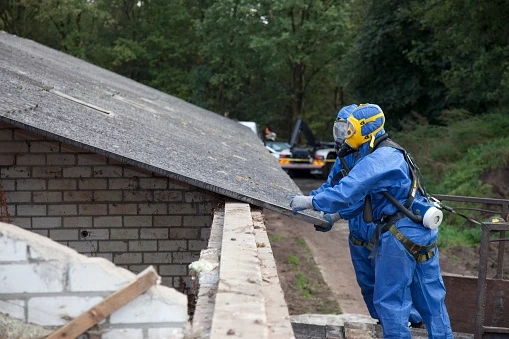Asbestos is still present in many older residences and new constructions. The carcinogen is usually totally mixed into the asbestos-containing cement products and cannot be removed. So, unless you pay for a professional Asbestos Testing service, there's no way to know if asbestos is present in your home.
Asbestos Testing - The Basic Need-to-know of Asbestos Testing
Off-site Testing
Off-site testing is shipping a sample of various materials from your home to a laboratory for analysis, such as tile. This approach is also the most affordable, with costs ranging from $50 to $80 depending on the priority of the test. If you do not request an urgent study, the organization will generally return your results within one or two weeks if you do not pay extra for it. You will obtain the findings in the latter scenario within 24 hours.
Which Kind Of Materials Need To Be Checked For Asbestos?
Unless there is reasonable proof to believe they do not contain asbestos, materials cannot be presumed to be asbestos-free. Some materials are clearly not asbestos-free. However, asbestos has been found inside materials and on the 'hidden' side of products like wood paneling, ceiling tiles, and under veneers. The following are reasons to believe a substance does not contain asbestos:
● Non-asbestos alternative materials were mentioned in the original architect's or quantity surveyor's designs
● The item is extremely unlikely to have asbestos or have had asbestos added to it during subsequent refurbishments.
Recruiting Testing Experts
Hire an Asbestos Testing company to examine the affected parts of your home to protect yourself and your family from airborne pollution. An asbestos survey or inspection is what professionals call a test. The steps in a typical survey are as follows:
● Examining high-risk zones
● Getting samples
● Sending samples to a laboratory for analysis.
● Reporting sample test results.
Qualifications of the Asbestos Tester
People who conduct Asbestos Testing should have the necessary training, qualifications, and experience to detect or suspect the presence of asbestos.
An asbestos surveyor must do the following in order to identify asbestos:
● Be educated in the proper collection and handling of uncontaminated asbestos samples.
● Has the knowledge and experience necessary to detect asbestos and determine risk and control actions.
● To determine where asbestos is likely to be found, be familiar with building and construction procedures.
● Be able to determine whether a material contains friable or non-friable asbestos and assess its condition.
In Conclusion
The risk of exposure to asbestos while living in a newly constructed home is higher than you might think. Furthermore, asbestos is present in substantial quantities in many structures built before 1980, including wallboard, floor and ceiling tiles, roof shingles, pipe cement, sheet vinyl, and insulators, among other components. Buying a house can entail a lot of uncertainties. One of them should not be asbestos pollution. That is why it's crucial to consider Asbestos Testing once in a while.
Source: https://www.bluea.co.uk/the-basic-need-to-know-of-asbestos-testing/
0


